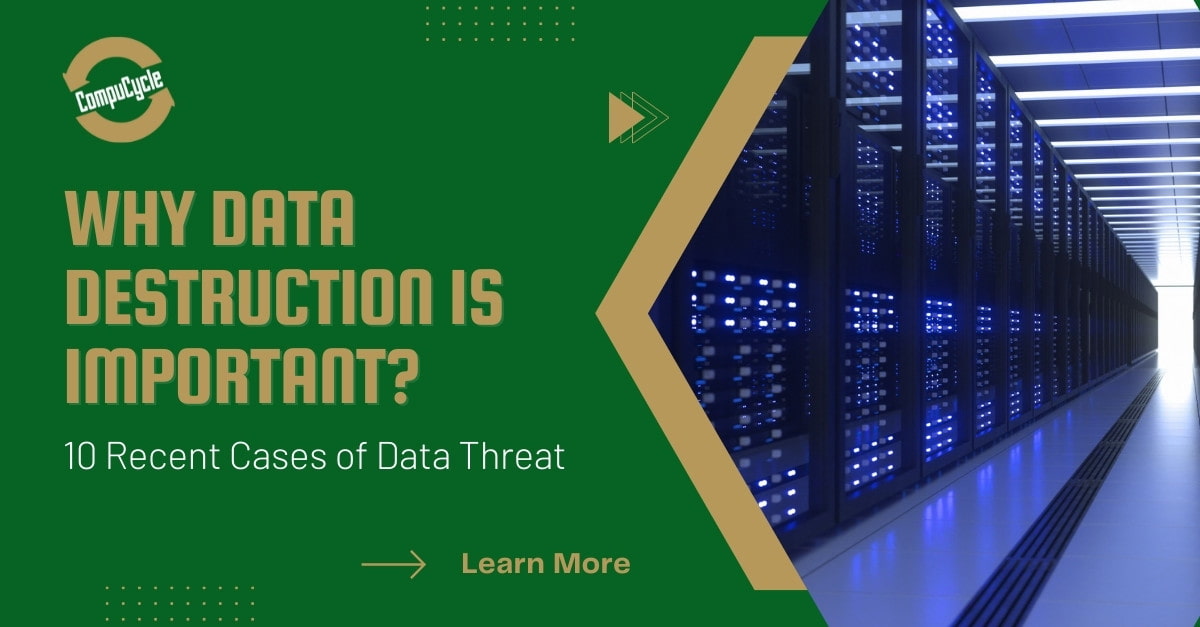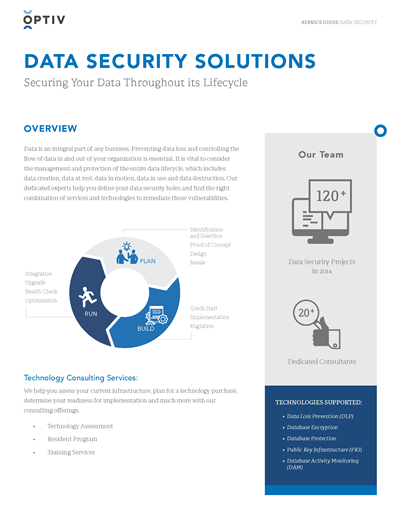Comprehending the Function of Data Destruction in Fortifying Cyber Security Defenses
Comprehending the Function of Data Destruction in Fortifying Cyber Security Defenses
Blog Article
The Value of Effective Data Devastation Practices in Safeguarding Sensitive Information and Ensuring Computer System Safety
In a period where data violations are increasingly usual, the value of reliable data damage methods can not be overstated. Organizations face considerable risks when delicate information is inadequately taken care of, possibly bring about unapproved access and extreme monetary effects. Executing durable data destruction approaches not just minimizes these risks however also lines up with lawful compliance requirements, making sure that organizations maintain their online reputation and foster client depend on. The inquiry continues to be: what particular methods can be utilized to enhance these methods, and exactly how can companies efficiently integrate them into their overall cybersecurity structure?
Understanding Data Devastation
Understanding data devastation is crucial in today's electronic landscape, where delicate information can conveniently be jeopardized. Effective information destruction includes not just deleting documents however ensuring that data is irretrievable via extensive approaches. This process is vital for companies that deal with private customer details, intellectual residential or commercial property, or interior documents, as any type of breach can bring about severe economic and reputational repercussions.
Information damage encompasses various methods, consisting of shredding physical media, degaussing magnetic storage tools, and employing software-based options that overwrite data multiple times. Each approach serves a certain objective and needs to straighten with the level of sensitivity of the info being dealt with. For instance, physical destruction is typically liked for hard disk drives including extremely personal information, while software techniques may be sufficient for less sensitive details.
Additionally, sticking to industry standards and laws, such as the General Data Protection Law (GDPR) or the Health And Wellness Insurance Policy Portability and Liability Act (HIPAA), is important for conformity and to reduce lawful risks. Organizations has to develop a robust information destruction plan, train workers on best methods, and regularly investigate their procedures to make certain that all sensitive info is gotten rid of firmly and properly.
Threats of Inadequate Practices
Poor information destruction methods subject companies to significant dangers that can have significant effects. When sensitive details is not correctly dealt with, it remains susceptible to unauthorized accessibility, which can result in data violations and identification theft. Such events not only endanger the protection of people but also taint the company's track record, causing a loss of client count on and prospective economic consequences.
Furthermore, regulatory conformity is significantly rigid in numerous industries. Failing to stick to information destruction regulations can result in substantial penalties and legal activities against organizations. These fines can strain economic resources and divert attention from core business procedures.
On top of that, the misuse of residual data can cause copyright theft or business reconnaissance, endangering competitive benefits (data destruction). The influence of inadequate data destruction extends beyond prompt monetary losses; it can likewise result in long-term damages to brand name stability and market placement

Organizations should identify that data safety is not entirely concerning stopping violations; it likewise encompasses the accountable management of information throughout its lifecycle. Disregarding reliable information devastation procedures can have tragic effects, emphasizing the necessity for robust actions to minimize these dangers.
Best Practices for Data Devastation
Implementing reliable information damage techniques is essential for safeguarding delicate info and maintaining conformity with governing requirements. Organizations should take on a multi-faceted strategy to make certain that data is irretrievable, thereby protecting against unapproved gain access to and potential violations.
First, data need to be categorized based on level of sensitivity, enabling organizations to use proper destruction approaches tailored to the degree of danger. For digital data, utilizing software-based data-wiping devices that over here abide by sector standards can properly overwrite existing data. Physical devastation techniques, such as shredding or degaussing, are important for devices that keep delicate info, making certain total obliteration.
Establishing a clear information retention policy is vital, describing for how long various types of information must be preserved prior to devastation. Routine audits of data storage systems are likewise required to recognize unnecessary or out-of-date information needing removal.
In addition, training employees on the value of data devastation and the particular methods to adhere to fosters a culture of safety within the company. Finally, maintaining paperwork of information devastation processes offers responsibility and sustains conformity with internal policies and outside guidelines. By adhering to these finest methods, companies can significantly reduce the risks connected with data exposure.
Legal and Compliance Considerations

Failure to abide with these guidelines can result in severe charges, consisting of substantial fines and reputational damage. Organizations has to implement a robust data damage plan that straightens with these lawful structures and gives clear guidelines on the correct approaches of data disposal, whether physical shredding or digital wiping.
Additionally, keeping documentation of data destruction activities is necessary for showing conformity throughout audits or inspections. By prioritizing legal and compliance considerations, organizations can improve their data safety pose and foster trust fund with stakeholders and customers, inevitably adding to an extra safe and secure information monitoring setting.
Advantages of Effective Information Devastation
Reliable information damage methods expand beyond mere conformity; they supply substantial benefits to companies that prioritize them. By making sure that sensitive information is irretrievably destroyed, companies minimize the threat of information breaches and the prospective monetary consequences connected with them. This proactive approach not just safeguards versus unauthorized access yet additionally improves the general dependability of the organization in the eyes of stakeholders and customers.
Carrying out robust information damage methods, such as physical devastation of storage space devices or advanced information wiping strategies, adds to the strengthening of a company's cybersecurity pose. data destruction. It decreases the likelihood of intellectual residential property theft and shields proprietary details, therefore preserving an one-upmanship on the market

Final Thought
In final thought, efficient information get more devastation methods are vital for protecting sensitive details and improving overall computer system safety. Ultimately, a dedication to durable data devastation approaches promotes a culture of duty, therefore enhancing a company's cybersecurity posture and keeping client depend on.
.webp)
Report this page